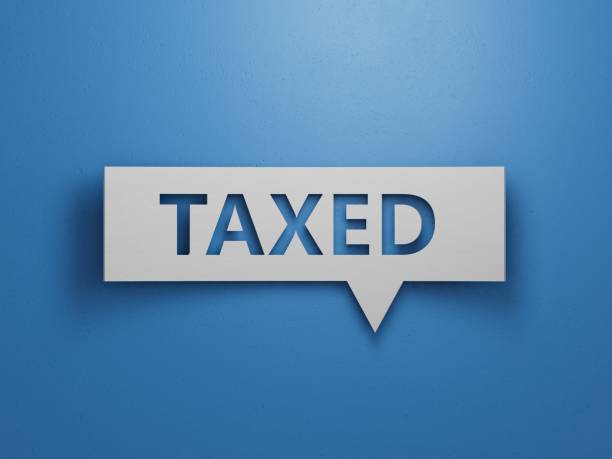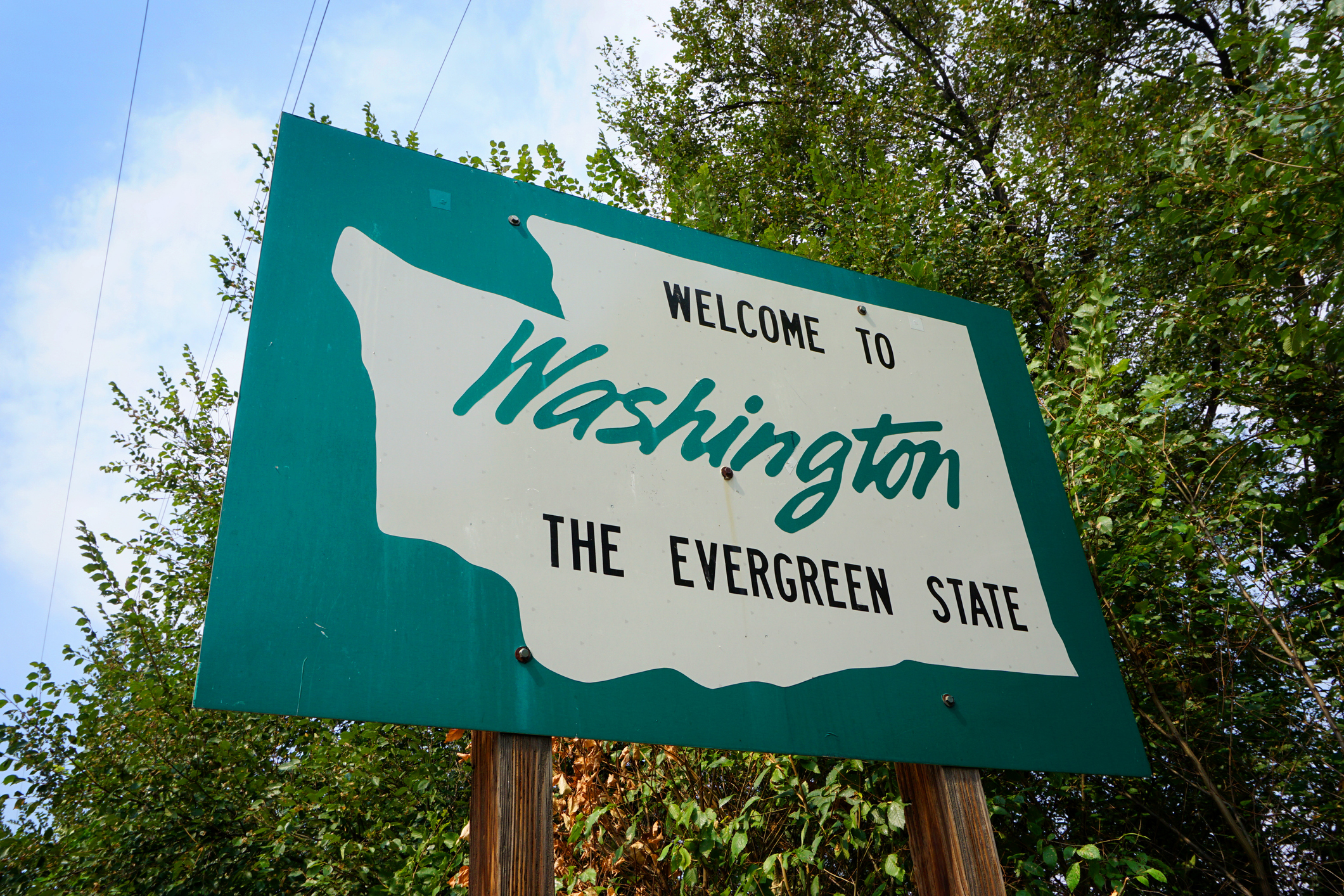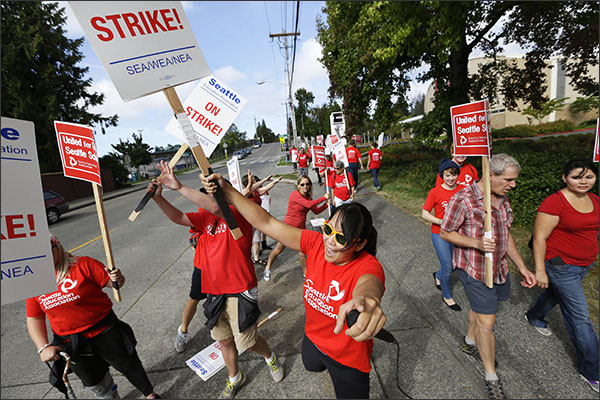Washington State’s affordability crisis is hitting households hard, and a recent report highlights the growing struggle to cover basic needs. A Seattle Times article, citing the United for ALICE report, reveals that 41% of U.S. households, including many in Washington, can’t afford essentials like housing, food, and transportation, even with recent wage increases. Meanwhile, analysis from the Washington Policy Center argues that relentless minimum wage hikes, like those in King County ($20.29/hour) and Bellingham ($18.66/hour), exacerbate this problem by reducing employment and purchasing power.
Comparing these two perspectives reveals a harsh truth, revealed in the ALICE report, raising the minimum wage doesn’t deliver the promised relief and often leaves workers worse off.
The ALICE report shows that despite significant pay bumps for low-wage workers since 2019, particularly in food services, many still can’t make ends meet. In Washington, where the cost of living is among the nation’s highest, a renter needs $30.33/hour to afford a one-bedroom apartment without spending more than 30% of their income on housing. In Seattle, this jumps to $40.38/hour, far above the state’s $16.66 minimum wage or even Seattle’s $20.76. The report notes that inflation has outpaced wage growth, eroding purchasing power. For example, Seattle-area inflation rose 5.4% from 2022 to 2023, while wages grew only 4.9%. This gap leaves workers, even those earning above minimum wage, struggling to afford basics.
The Washington Policy Center has shown that minimum wage increases, while well-intentioned, create unintended consequences. The analysis points to real-world evidence. When California mandated a $20/hour minimum for fast-food workers, businesses like Rubio’s Coastal Grill closed 48 locations, and In-N-Out Burger raised prices overnight. In Washington, restaurant owners report similar pressures. Higher wages mean businesses must cut hours, reduce staff, or pass costs to consumers, which fuels inflation and shrinks purchasing power further.
The ALICE report’s data supports this. Despite historic wage gains, 4.53% for low-wage jobs from June 2020 to June 2025 (per the Economic Policy Institute), the cost-of-living increases have outstripped higher wages. The result? Workers’ real income buys less, and businesses, facing finite revenue, respond by cutting jobs or hours. A University of Washington study on Seattle’s minimum wage hike found that low-wage workers with fewer hours saw little net benefit, as employers offset costs by reducing schedules.
The disconnect is clear. Minimum wage hikes don’t address the root issue, the cost of living. They create a vicious cycle of higher prices, fewer jobs, and less purchasing power. Policymakers should focus on reducing regulatory burdens and increasing housing supply to lower costs, not mandating wages that strain businesses and workers alike.
Washington’s affordability crisis demands smarter solutions, not more minimum wage fever.






